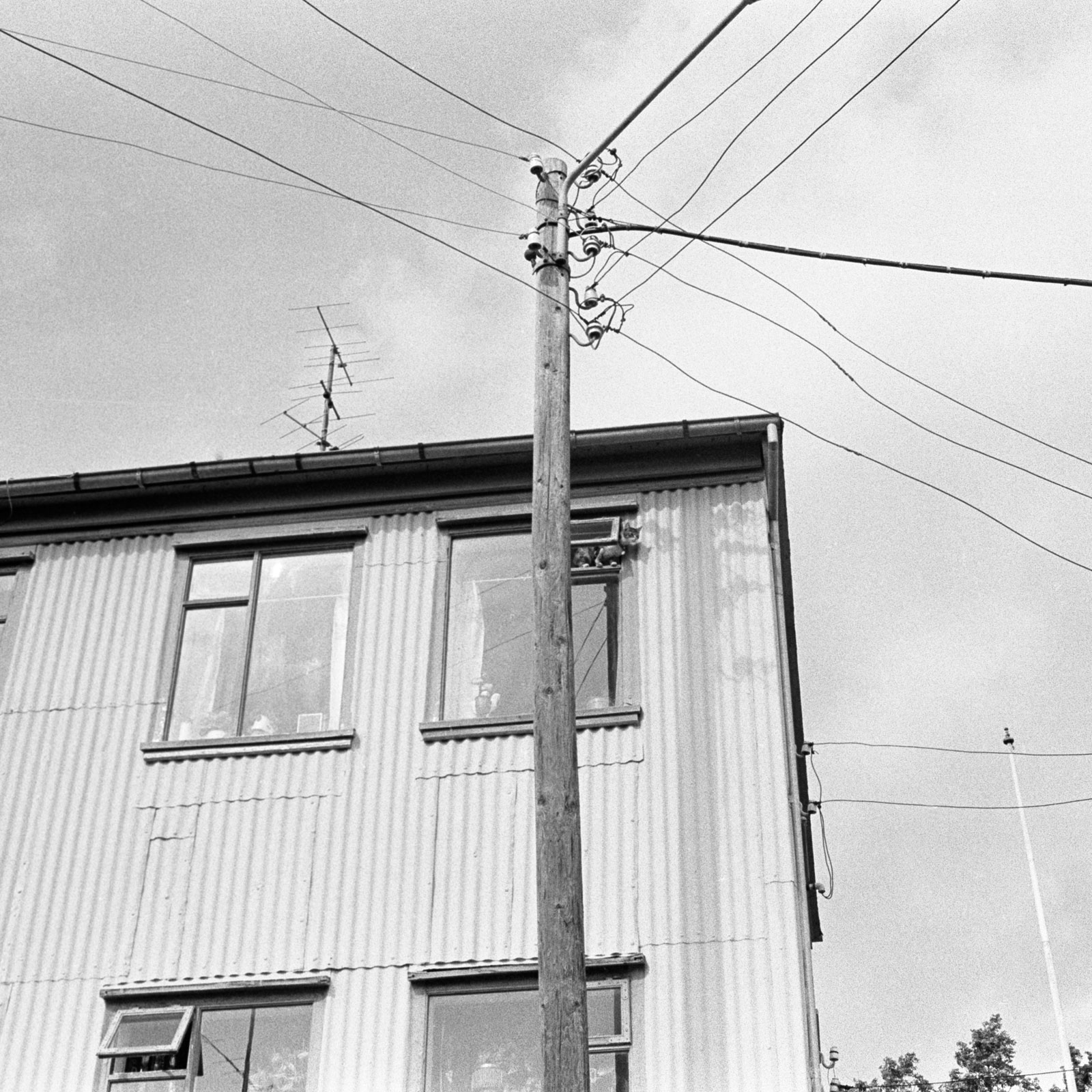Objectives
‘Haunted places are the only ones people can live in’, wrote philosopher Michel de Certeau, arguing that places layered with material and intangible residues of bygone times have something vital to offer people in the present. Walking along a hometown street can nurture a sense of belonging and revisiting a childhood home can invoke the senses and bring back memories.
But why and how do such places of the past matter to people?
The objective of this study is to delve into people’s relationships with ‘haunted places’, especially commonplace features of the urban terrain that city locals relate to as they go about their everyday lives. The aim is to analyse how people ascribe meaning and give value to the historic urban landscape and to understand what emotions and types of affective qualities emerge through sensory engagement with places of the past.
The study strives to go beyond the cognitive reading that many studies on heritage perception have described, to unravel a holistic understanding of how people form attachment to everyday heritage.
Theoretically the project builds on the affective turn in critical heritage studies and seeks to build a bridge to research on place attachment that target the emotional and affective bonds that people form with places.
To do this the project employs a mix of well-rehearsed qualitative methods and cutting edge visual research techniques to gain access to and understand people’s embodied and emplaced experiences of the urban environment.
